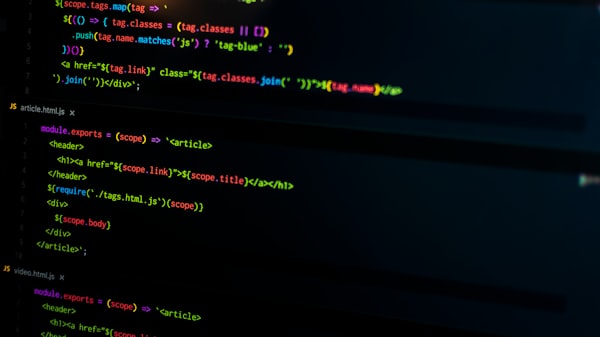在C语言中,要终止一个子函数的运行,通常有以下几种方法:

1、使用return语句
2、使用exit()函数
3、使用异常处理机制(如setjmp和longjmp)
1. 使用return语句
在C语言中,子函数通过return语句返回一个值给调用者,当执行到return语句时,子函数的运行将被终止,控制权将返回给调用者。
#include <stdio.h>
int add(int a, int b) {
int sum = a + b;
return sum;
}
int main() {
int result = add(3, 4);
printf("The sum is: %d", result);
return 0;
}
在这个例子中,add函数通过return语句返回两个整数的和,并终止自身的运行。
2. 使用exit()函数
exit()函数用于终止程序的运行,当调用exit()函数时,程序将立即终止,包括所有正在运行的子函数。
#include <stdio.h>
#include <stdlib.h>
void print_hello() {
printf("Hello, ");
exit(0);
printf("world!");
}
int main() {
print_hello();
printf("This will not be printed.");
return 0;
}
在这个例子中,print_hello函数中的exit(0)语句将终止整个程序的运行,因此后面的`printf("This will not be printed.
3. 使用异常处理机制(如setjmp和longjmp)
C语言提供了setjmp和longjmp函数来实现异常处理。setjmp函数用于保存当前程序的运行环境,longjmp函数用于恢复之前保存的程序运行环境,这样可以实现在子函数中跳出多层嵌套的循环或条件判断。
#include <stdio.h>
#include <setjmp.h>
static jmp_buf jump_buffer;
void terminate_subfunction() {
if (setjmp(jump_buffer) != 0) {
printf("Subfunction terminated.");
} else {
printf("Entering subfunction...");
longjmp(jump_buffer, 1);
}
}
int main() {
terminate_subfunction();
printf("Back to main function.");
return 0;
}
在这个例子中,terminate_subfunction函数通过longjmp(jump_buffer, 1)语句跳回到setjmp(jump_buffer)的位置,从而实现终止子函数的运行。
在C语言中,可以通过return语句、exit()函数或异常处理机制(如setjmp和longjmp)来终止一个子函数的运行,具体选择哪种方法取决于你的需求和程序结构。
如果您有任何关于终止子函数运行的问题或其他相关问题,请随时留言,我会尽快回复您。谢谢观看,希望对您有所帮助!




评论留言